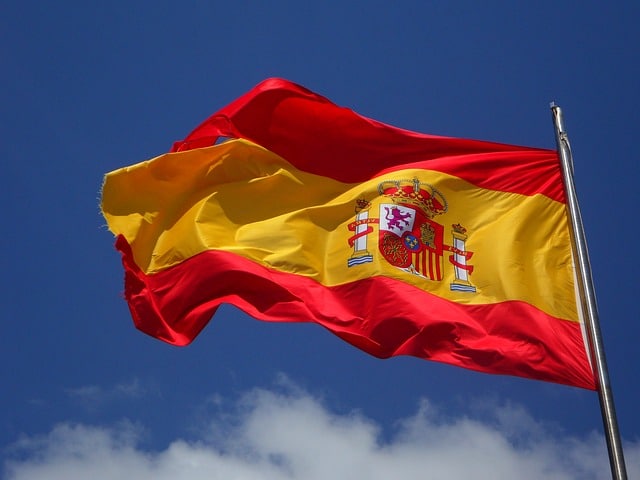Since Spain joined the EU, its potato acreage has dropped from 200,000 hectares down to 65,000 hectares, although it seems that the decline may be coming to an end due to several factors.
Firstly, consumers increasingly demand products with better culinary qualities. The potatoes stored at low temperatures, although aesthetically attractive, have disappointed the consumers in terms of taste, motivating them to switch to other products, such as pasta. The new potato preserved at higher temperatures manages to meet the consumers’ expectations between April and November. The Mediterranean countries can enjoy this quality for longer than the countries of northern Europe. These countries, mainly Belgium, the Netherlands and Germany, arrange programs with operators at origin to ensure the supply of new potatoes when they are available.
Another factor is the end of the use of the anti-chlorinator Clorprofam, which has marked the start of a new era with many changes in the sector. It will be necessary to find other products to stop the sprouting without abusing the use of cold, as this takes a toll on the product’s quality. For the breeders of new varieties, this is also a period with many changes, because it will be necessary to develop varieties that require fewer anti-germinating agents while still meeting the market’s needs. This is also an opportunity for productions in early areas.
Also, today’s consumers demand products that are easier to eat, so it is necessary to facilitate the use of potatoes. The sale of microwave potatoes is rising every day, and specific varieties for frying are also a success.
Furthermore, the scheduling of plantings has been fundamental in the development of the production for the processing industry and the export market. Programs are currently negotiated between operators at origin and destination, with a focus on protected varieties. This is helping organize the domestic supply, something that the industry had been demanding for many years.
Lastly, new varieties are increasingly adapted to both the climatic conditions in which they grow and the demands of the market they have to meet. Many varieties are being developed for each culinary use.
Source: Fresh Plaza











